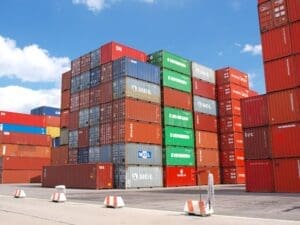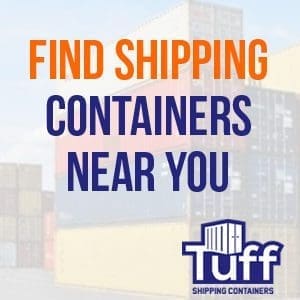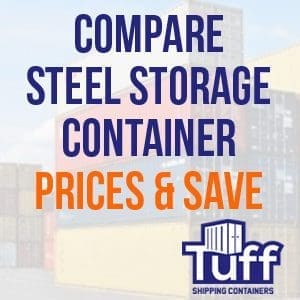
A Guide to Buying Your First Shipping Container
Navigating the world of shipping containers can be daunting for first-time buyers. Whether you’re a small business stepping into global markets or a growing company expanding its logistical capabilities, selecting the right shipping container is crucial. This guide, brought to you by Tuff Shipping Containers, aims to simplify the process and ensure you make an informed decision tailored to your company’s specific shipping needs.
Understanding Your Requirements:
Before diving into the purchasing process, it’s important to assess your company’s specific needs. Consider the nature of the goods you’ll be shipping – are they perishable, fragile, or hazardous? The type of cargo directly influences the kind of container you’ll need. Additionally, think about the volume of goods and the frequency of your shipments. This will help determine the size and number of containers required.
Types of Shipping Containers:
Shipping containers come in various sizes and types, each serving a different purpose:
Standard Containers:
Ideal for most dry goods, these are the most common and come in sizes like 20ft and 40ft.
High-Cube Containers:
Similar to standard containers but with extra height, perfect for slightly taller cargo.
Refrigerated Containers:
Equipped with refrigeration units, these are essential for transporting perishable goods.
Open Top and Flat Rack Containers:
Suitable for over-height or over-width cargo, providing flexibility for loading and unloading.
Quality and Condition:
Shipping containers are available in new or used conditions. While new containers ensure pristine condition and longer lifespan, used containers can be a cost-effective choice if sourced from a reputable supplier. Look for containers that are wind and watertight, free from significant rust or dents, and have intact doors and seals.
Customization Options:
Depending on your cargo’s nature, you might require customized containers. Modifications can include shelving, insulation, ventilation, or specific paint jobs. Discuss these requirements with your supplier to find the best solution.


Logistics and Delivery:
Consider the logistics of getting the container to your facility. Check if the supplier offers delivery and at what cost. Ensure that your site is accessible and prepared for container delivery, taking into account space and ground conditions.
Cost Considerations:
The cost of a shipping container varies based on size, type, condition, and modifications. Get quotes from multiple suppliers to compare prices. Remember, the cheapest option isn’t always the best; factor in the container’s condition and longevity.
Choosing a Reliable Supplier:
Partnering with a reliable supplier is crucial. Look for suppliers with good market reputations, quality assurance, and customer support. As a third-party company, Tuff Shipping Containers can connect you with reputable suppliers and help you get competitive quotes.
Purchasing your first shipping container is a significant step towards enhancing your company’s shipping capabilities. By understanding your needs, exploring different types of containers, and choosing a reliable supplier, you can make a decision that best fits your business requirements. Tuff Shipping Containers is here to guide you through every step of the process, ensuring a smooth and successful purchase.


Leave a Reply